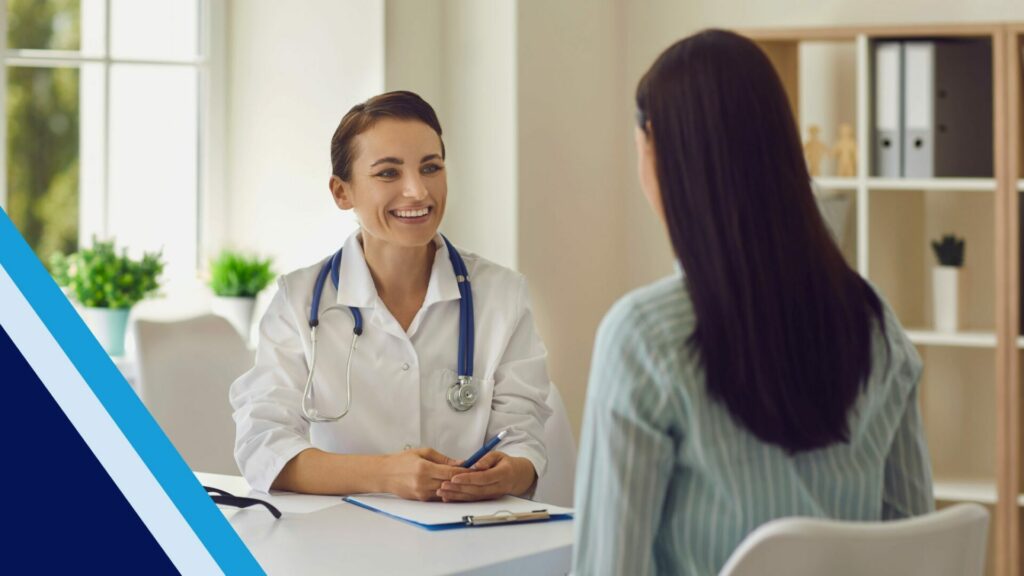
Understanding why acne happens and what is causing the inflammation is the first step to treating it. Treatment starts with targeting the source of inflammation. This week on Fox 17, Dr. Bitner shares why acne occurs and which treatments work best.
How does acne start? It happens when the hair follicles in our skin get clogged, and bacteria become trapped. The follicle makes sebum, which is the “white stuff” within the whiteheads of pimples. The sebum attracts the trapped bacteria, causing bacteria to multiply and creating inflammation. The accumulation of bacteria in the follicle can develop cystic acne, which is often painful.
Acne is a risk factor for Polycystic Ovary Syndrome (PCOS). Your body produces more sebum and oil during hormone changes related to PCOS. Symptoms include cystic acne on the face, chest, and back, irregular and heavy periods, dark hair growth in unwanted areas (chin and mustache), and belly fat.
There are three ways to combat acne:
After determining which approach is right for you, you can determine which medication to take.
Treatment for Cystic acne involves reducing excess oil, skin cells, and sebum buildup. The first step is to use a combination of topical treatments, which are medications applied to a particular part of the body. Some standard and safe therapies are topical retinoids and benzoyl peroxide. If that does not work, the next step is to add a topical antibiotic called Cleocin.
The medication spironolactone has been shown to treat acne. It is a diuretic that helps the body shed excess water weight. Initially used to treat high blood pressure, its side effects include reducing cystic acne, male-pattern hair loss, and male-pattern hair growth. This medication prevents hair follicles from growing and making sebum. If you suffer from PCOS, ask your doctor about Spironolactone.
Jane, 28, struggled with dark chin hair and acne on her chest, back, and face. When these issues began affecting her confidence, she asked her doctor about them.
The lab results indicated high fasting blood sugar and cholesterol but normal testosterone. Based on these findings, her doctor concluded that she had PCOS. She began treatments of metformin for her insulin resistance and spironolactone for her acne and hair growth. Additionally, she started applying a topical retinoid and topical cleocin lotion.
Within three months, Jane’s acne was almost non-existent, and her hair growth was less. She felt grateful that she had finally asked her doctor and started regaining her confidence!
If you are struggling with acne or have male-pattern hair growth, don’t wait—ask your doctor! Effective treatments are available to help you regain confidence and feel more comfortable in your own skin.
Watch the full segment here.

OUR PROGRAMS
RESOURCES
CONTACT US
SUBSCRIBE